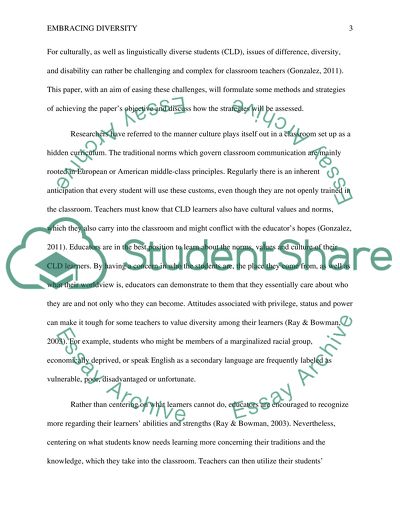Cite this document
(“Embracing Diversity Essay Example | Topics and Well Written Essays - 1250 words”, n.d.)
Retrieved from https://studentshare.org/education/1466665-embracing-diversity
Retrieved from https://studentshare.org/education/1466665-embracing-diversity
(Embracing Diversity Essay Example | Topics and Well Written Essays - 1250 Words)
https://studentshare.org/education/1466665-embracing-diversity.
https://studentshare.org/education/1466665-embracing-diversity.
“Embracing Diversity Essay Example | Topics and Well Written Essays - 1250 Words”, n.d. https://studentshare.org/education/1466665-embracing-diversity.


